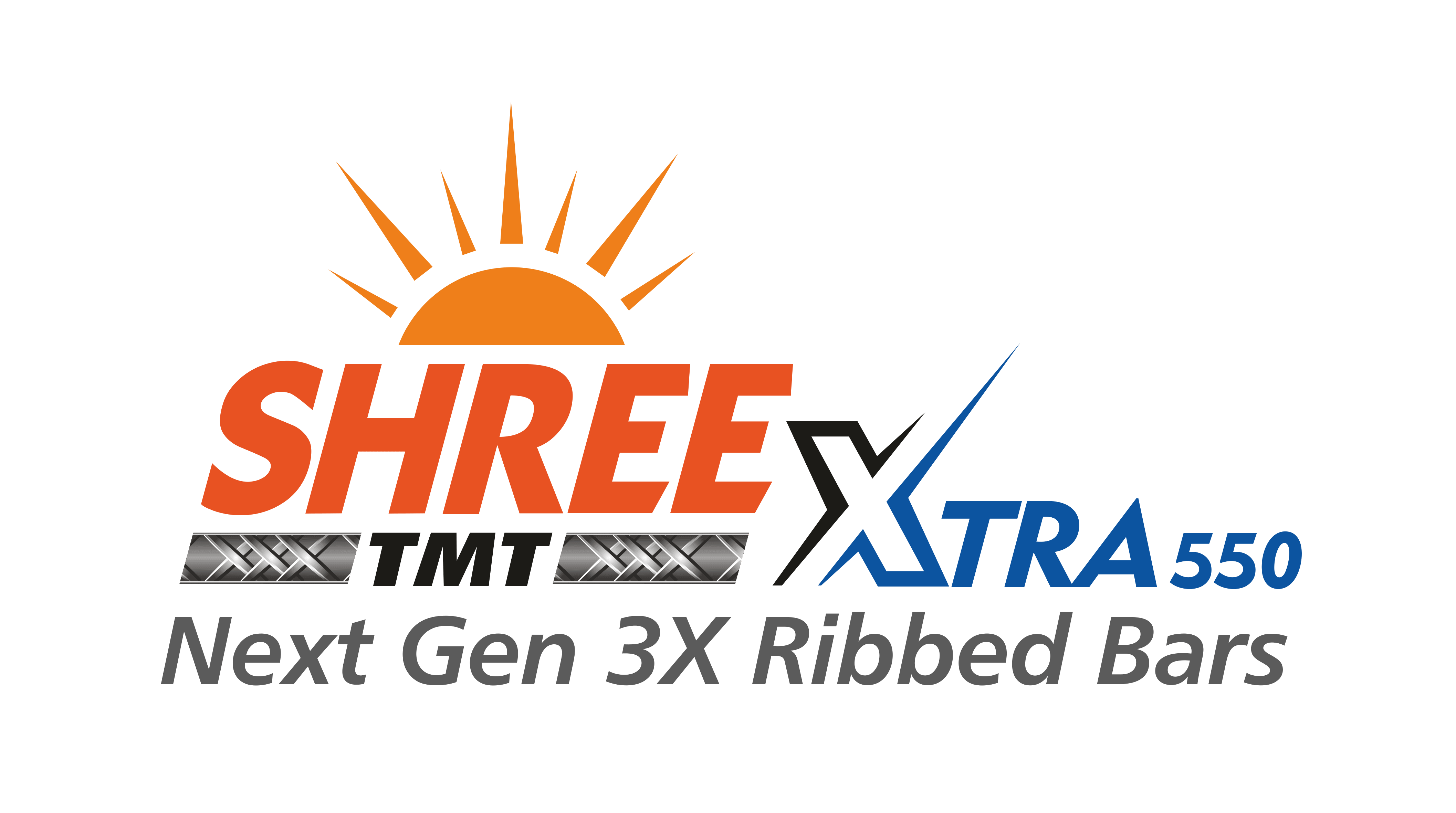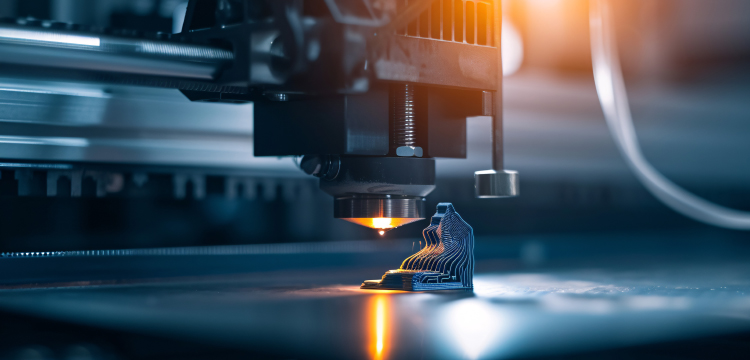What is 3D Printing in Construction: Types, Benefits & Uses
3D Construction printing, also known as additive manufacturing, is a technique that has revolutionized the construction industry, with a promise of more sustainable building practices. By creating buildings and structures using 3D printers, this technique offers faster construction time, reduced wastage, design flexibility, and cost efficiency. Instead of traditional construction methods, 3D construction printing (3DCP) uses a layer-by-layer approach to build structures based on computer-aided design (CAD) models.
The execution of 3D construction printing involves using large-scale 3D printers equipped with specialized nozzles or extrusion systems to deposit construction-grade materials such as concrete, mortar, or composite mixtures layer by layer to build entire structures. The process begins with creating a detailed 3D digital model of the structure using CAD software, which is then converted into a format interpretable by the printer. Construction materials are specially formulated for quick setting, structural integrity, and durability.
The printer follows predefined paths to deposit materials precisely, with sensors ensuring accuracy and real-time adjustments. This layer-by-layer construction allows for the creation of intricate architectural designs and customized structures efficiently. Once printing is complete, the structure is allowed to cure and harden, with additional manual work for finishing touches as needed. This method offers significant advantages, including reduced construction time and costs, enhanced precision, customization capabilities, and sustainability by minimizing material waste and enabling the use of eco-friendly materials.
What are the types of 3D Printing Construction?
There are several 3D printing methods used in construction, each with its own advantages:
- Extrusion: This is the most common method, employing a system to extrude concrete or other materials like a thick paste, building the structure layer by layer. Their large nozzles deposit layers of concrete, back and forth, in a precise manner to create the desired structure.
- Powder Binding: Powder binding in 3D construction uses powdered raw material and includes two methods: powder bed jetting and binder jetting. Powder bed jetting melts dust particles with a laser layer by layer, with a coating sheet adding more material for each new layer. Binder jetting uses a print head to deposit a liquid adhesive on the powder bed, binding the particles to form each layer. This method allows for higher accuracy and more complex prints.
- Spray: The autonomous robot sprays construction material under pressure in the desired shape, repeating the process layer by layer. This method can fill structural spaces with concrete and is being studied for vertical applications like facades and ceiling decorations.
Benefits of 3D Printing Construction
- Design Flexibility: 3D printing allows for intricate and customized designs that would be difficult or impossible with traditional methods.
- Reduced Waste: 3D printing can significantly minimize construction waste as material is added only where needed.
- Faster Construction: 3D printing can potentially speed up construction times, especially for repetitive elements.
- Labor Savings: The automation aspect of 3D printing can reduce labor costs on a project.
- Remote Construction: 3D printing’s portability makes it suitable for building in hard-to-reach locations.
The applications of 3D printing in construction are diverse and include the following:
- Building Houses and Structures: 3D printing is used to construct entire houses, walls, and other building components.
- Creating Complex Elements: Intricate architectural features, curves, and customized elements can all be 3D printed.
- Disaster Relief Shelters: Quick and efficient construction of shelters in response to natural disasters can be quickly set up with 3D printing.
- Infrastructure Projects: 3D printing has potential applications in building bridges, dams, and other infrastructure.
While 3D printing in construction is a promising technology, it’s still in its early stages. Challenges include optimizing printing materials for strength and durability, securing automated processes to safeguard the 3D model data from cybersecurity risks, ensuring quality control, especially in large-scale construction projects, and the absence of comprehensive building regulations for 3D-printed structures. However, as the technology matures, 3D printing has the potential to overhaul the construction industry.

